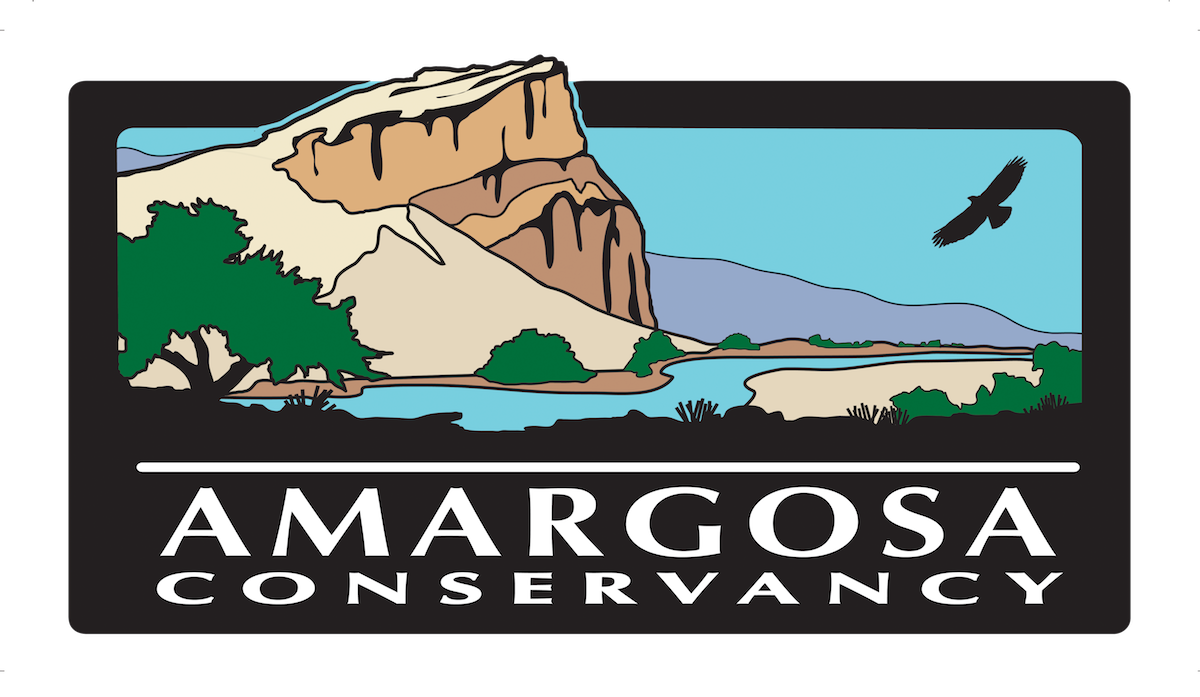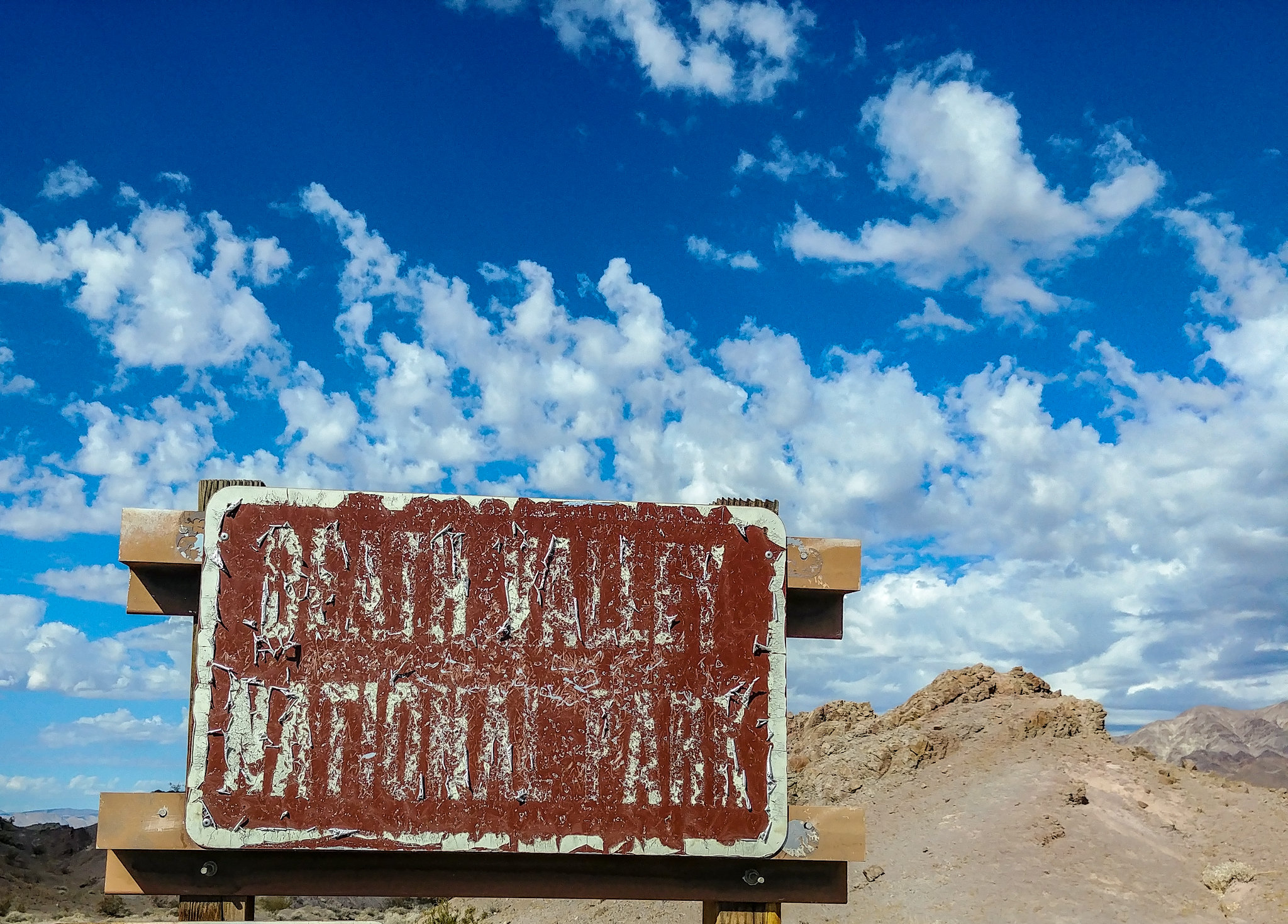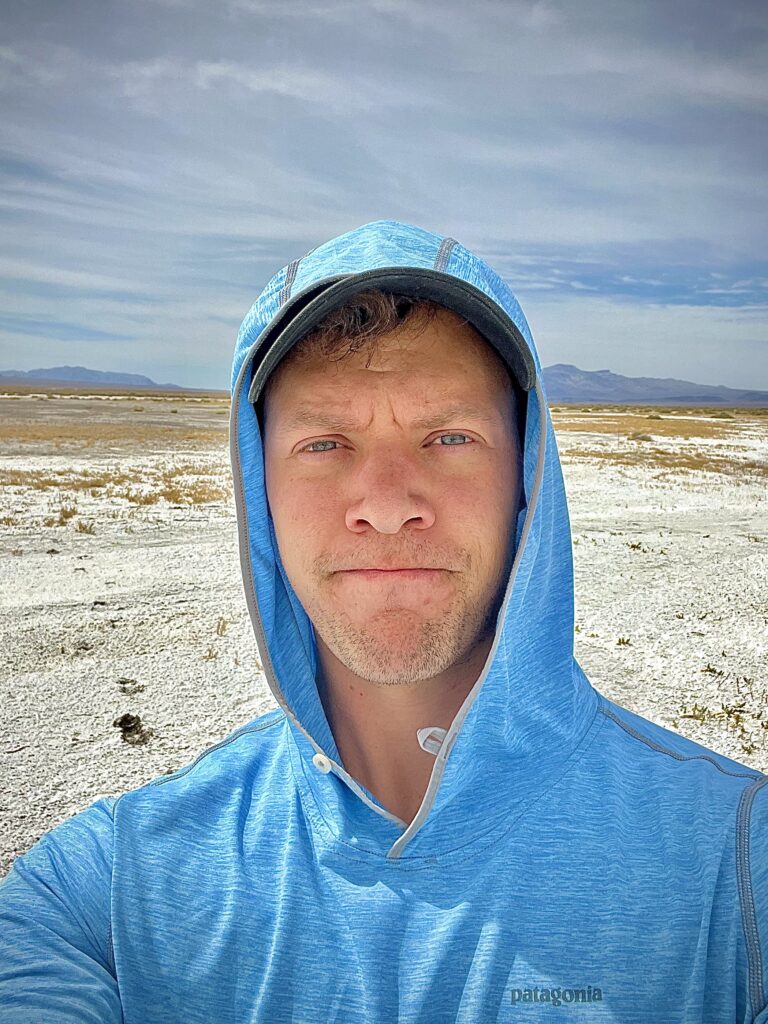Temperatures are on the rise in the Amargosa Basin, which means it’s a good time to reevaluate your approach to warm weather hiking.
First, to be completely clear: May, June, July and August tend to be extreme in the Amargosa Basin. Temperatures regularly exceed 115 degrees during the day and may not fall below 85 at night. Hiking or any kind of adventuring is dangerous in these conditions, even for those acclimated to desert conditions. Whenever possible, plan your more ambitious adventures during the fall, winter and spring months.
That being said, with some careful planning and the right clothing and equipment, hiking in reasonably warm temperatures is still entirely possible in the Amargosa Basin. Here’s what our executive director Mason Voehl does to prepare for warm weather hiking.
When to go:
Two basic principles come into play for warm weather hiking: start very early, or very late, and plan for the worst. Hiking in the dark or in the twilight hours can seem foreboding, but it’s a great way to get some miles in before or after the heat of the day.
I also aim for hikes or other excursions that may be far more limited in range than I would normally do in fair conditions. In warm weather, I rarely travel more than a few miles from my car. Plan your route so that you keep a safe radius between you and your vehicle and ensure there are several “escape routes” for you to make a straight line back to your car in case of injury or overheating.
Regardless of the season, always make sure to let someone know where you plan on hiking, for how long, and what time you will return. This is essential information to would-be first responders or search and rescue teams.
What to bring:
First: Outfit your car for the season
When setting out for an adventure, my car becomes my basecamp. Here’s what I like to pack when the weather starts getting warm:
- Two extra gallons of water per person in the vehicle. I keep a 5-gallon reservoir filled at all times in my vehicle. This is in addition to the water I’ll bring with me during my hike.
- Electrolyte mixes and snacks. In addition to hydration, maintaining electrolyte levels is essential to your body’s ability to function in the heat. Salt is good.
- Sunscreen and a broad-brimmed hat. These just live in my car in case I or a fellow traveler need them.
- Headlamps and spare batteries. One lives in my backpack, the other in my glovebox.
- An umbrella or other shade structure. If you need to repair a flat tire or — heaven forbid — endure the heat until help can arrive, shade is essential.
- Paper maps or a road atlas. GPS is an incredible tool — when it’s working. Always have a hardcopy in case you get lost or lose reception.
Of course, it’s crucial while adventuring in remote regions of the desert to ensure you have more than enough fuel for the entire trip!
Here’s what goes in my backpack:
- At least four liters of water. Yep, it’s a lot, but it’s essential.
- Snacks and electrolyte mixes.
- Sunscreen. At least 30 SPF. Reapply regularly.
- Headlamp. Regardless of the time of day of the hike, having a headlamp and not needing one is better than needing a headlamp and not having one.
- A portable first aid kit with bandages, basic medications, and a SAM splint. Consider taking a course in wilderness medicine to keep you and others safe for all of your adventures.
- A satellite communication device. These are devices that allow you to message friends and loved ones or call for emergency assistance using a satellite connection. Garmin In-Reach and Spot are popular brands.
- Portable battery charger. These devices allow you to recharge your phone or satellite communication device and are generally lightweight and reliable.
- Water treatment tablets such as Aquatabs. If you need to find water in the wild in an urgent situation, tablets like these will decrease the chances of waterborne illness. Only use in extreme situations.
- Hard copy maps and a compass. Phones and GPS tools are great tools for tracking and route finding, but it’s important to have physical copies of your route and a means to determine direction should your electronic devices fail.
What to wear:
- Sunglasses and a hat are non-negotiable. Do your eyes and your noggin a favor.
- The three L’s: Lightweight, Light-colored, and long-sleeved. T-shirts and shorts might seem the appropriate choice for the heat, but there is a good reason desert people have traditionally worn lightweight, light-colored and full-length garments. Protecting your skin from the sun is paramount and will actually keep you cooler as long as the material is also breathable. Ask your friendly neighborhood REI employee for some advice on warm weather apparel.
- A note on sandals… While there are some neat-looking outdoor sandals on the market, closed toe shoes are always recommended to keep your feet safe from the sun and from punctures. A foot injury in warm weather can quickly turn into an emergency situation.
General advice for warm weather hiking:
- Trust your gut. If conditions are just too hot, don’t risk it. Heat stroke is serious, usually fatal, and can set in rapidly in extreme conditions. Play it safe, every time.
- Hope for the best, plan for the worst. Before leaving your vehicle, consider potential hazards and come up with a strategy for dealing with them.
- Bring a buddy. Solo hiking has its own rewards, but is best saved for fair weather days.
- High country is your friend. Remember that elevation means cooler temperatures. You will lose around 3.5 degrees Fahrenheit for every 1,000 feet of elevation gained. But remember that UV rays tend to be stronger at higher elevation, so shade and sun protection are essential.
Finally, remember that just getting out and walking even a short distance in the desert is a wonderful experience, and is still very doable in the summer season. Have fun, stay safe, and stay cool!
For more information about exploring in the Amargosa Basin, visit this page or contact us at info@amargosaconservancy.org!


